 I am making an FSM with VHDL. The simplest possible when valid = 1 change from stateA to stateB.
I am making an FSM with VHDL. The simplest possible when valid = 1 change from stateA to stateB.
The confusing part is the rising edge selected by the blue rectangular. When valid = '1'. At the first rising edge, the state will be calculated to be B but it won't take effect until the next rising edge BUT what happened that it took effect at the FIRST rising edge.
Because the change in the state from A to B should affect other parts ( parallel process ) in the design in the NEXT cycle. From the waveform, If valid = '1' just before CLK_1.
At, CLK_1 all other processes should see state = A | waveform correct output
- state = A
- enteredlastcycle = 0
At, CLK_2 all processes start seeing state = B. another parallel process checks if state = B then it drives ENTERED_STATEB_LASTCYCLE to be 1 waveform correct output
- state = B
- enteredlastcycle = 0
Then at CLK_3, waveform correct output
- state = B
- enteredlastcycle = 1
Do I misunderstand something?
Library IEEE;
use IEEE.std_logic_1164.all;
use IEEE.numeric_std.all;
use work.KDlib.all;
entity nearestPoint is
generic ( ARRAY_WIDTH : integer := 8);
port (
clk: in std_logic;
reset: in std_logic;
inpoint: in kdvector;
valid: in std_logic;
finished: buffer std_logic
);
end nearestPoint;
architecture behave of nearestPoint is
signal state: two_state_type;
signal stateB_entered_lastCycle: std_logic;
begin
process ( clk )
begin
if ( reset = '1' ) then
elsif ( rising_edge(clk) ) then
case state is
when stateA =>
if ( valid = '1' ) then
state <= stateB;
end if;
when stateB =>
when others =>
end case;
end if;
end process;
process(clk)
begin
if ( reset = '1' ) then
elsif ( clk = '1' ) then
case state is
when stateA =>
when stateB =>
stateB_entered_lastCycle <= '1';
when others =>
end case;
end if;
end process;
end behave;

